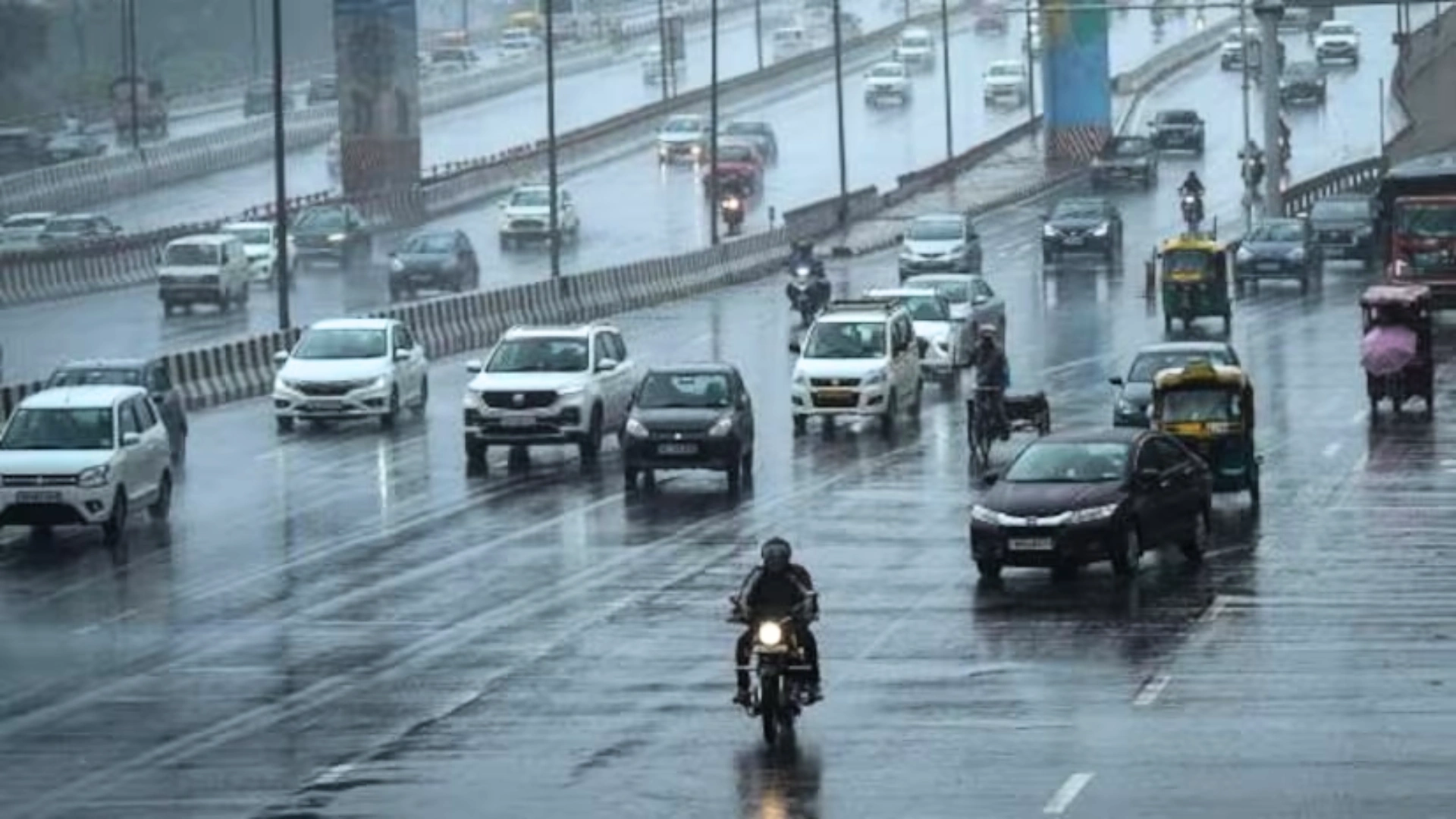The Bihar government has declared a flood alert following the significant release of water from the Valmikinagar and Birpur barrages, causing concerns for over 16.28 lakh individuals across 13 districts already grappling with inundation due to heavy rains. This alarming situation has arisen as rivers such as the Kosi, Gandak, and Ganga swell rapidly.
Severe Water Discharge Triggers Concerns
According to the state Water Resources Department (WRD), the release of 5.79 lakh cusecs of water from the Birpur Barrage on the Kosi River was reported, marking the highest discharge in 56 years. Santosh Kumar Mall, Principal Secretary of the WRD, emphasized that the last record for maximum discharge was 7.88 lakh cusecs in 1968. Additionally, the Valmikinagar Barrage saw 5.38 lakh cusecs of water released, the highest since 2003 when it discharged 6.39 lakh cusecs.
Due to the heightened water levels, traffic movement near the Kosi barrage has been halted as a precautionary measure. “Teams from the WRD are monitoring embankments around the clock to respond promptly to any erosion or danger,” Mall stated, indicating the mobilization of engineers dedicated to safeguarding the region.
Rising Water Levels Pose Risks
Continuous rainfall in Nepal has significantly contributed to the swollen rivers, with the water levels of the Gandak, Kosi, Bagmati, and Ganga nearing or exceeding danger levels in several bordering districts. Reports indicate that authorities in Nepal released 5.40 lakh cusecs of water into the Gandak barrage and 4.99 lakh cusecs into the Kosi barrage.
The rapid influx of water has already inundated low-lying areas in West and East Champaran, Gopalganj, Araria, Supaul, Katihar, Purnea, and other districts. An alert has been issued for these areas, as the India Meteorological Department (IMD) forecasts heavy rainfall and warns of flash flood risks. Districts at heightened risk include West and East Champaran, Sitamarhi, Sheohar, Muzaffarpur, Gopalganj, Siwan, Saran, Vaishali, Patna, Jehanabad, Madhubani, and Bhojpur.
Impact on Agriculture and Infrastructure
The ongoing floods have significantly impacted the agricultural landscape in north Bihar, damaging thousands of acres of standing Kharif crops, including paddy, makhana, and various vegetables. The Bihar Agricultural University at Sabour (Bhagalpur) reported the destruction of 1.05 acres of high-quality seeds intended for the upcoming season, leaving farmers at a considerable loss.
In Gopalganj, heavy rain caused water to breach the premises of a government hospital, further complicating the crisis. The state disaster management department has urged district administrations to remain vigilant and implement preventive measures in anticipation of the forecasted weather conditions.
Emergency Medical Response
In response to the growing humanitarian needs, a free health camp was organized in Patna near the JP Setu to provide medical assistance to flood-affected individuals. Dr. Sanjeev Kumar, head of Cardiothoracic and Vascular Surgery at AIIMS Patna, reported that a dedicated team of experienced doctors and medical staff was deployed to aid those in need.
As Bihar braces for the possibility of worsening conditions, authorities remain on high alert, ensuring safety measures are in place to protect lives and property in this vulnerable region.
ALSO READ: Cold Snap Hits Jammu And Kashmir: Temperatures Plunge To -2.66 °C


















